Which Graduated Neutral Density Filter To Buy ?
When choosing a graduated neutral density filter, it is important to consider factors such as the filter's density, size, and compatibility with your camera system. Some popular options include the Lee Filters Graduated Neutral Density Filters, Singh-Ray Graduated Neutral Density Filters, and the Haida NanoPro Graduated Neutral Density Filters. It is recommended to research and compare different brands and models to find the one that best suits your specific needs and budget.
1、 Types of Graduated Neutral Density Filters
When it comes to choosing a graduated neutral density (ND) filter, there are several types available on the market. Each type has its own advantages and considerations, so it's important to understand the options before making a purchase.
1. Hard-edge Graduated ND Filters: These filters have a sharp transition between the dark and clear areas, making them ideal for scenes with a distinct horizon line, such as seascapes or cityscapes. They are particularly useful when there is a clear separation between the bright sky and darker foreground.
2. Soft-edge Graduated ND Filters: These filters have a gradual transition between the dark and clear areas, making them suitable for scenes with less defined horizon lines, such as landscapes with mountains or trees. They provide a more natural and subtle darkening effect.
3. Reverse Graduated ND Filters: These filters are designed specifically for capturing sunrises or sunsets where the brightest part of the scene is near the horizon. They have a darkened middle section that gradually becomes clear towards the top, helping to balance the exposure between the bright sky and darker foreground.
4. Variable ND Filters: These filters offer adjustable density, allowing you to control the amount of light reduction by rotating the filter. They are versatile and convenient, but they may introduce color casts or image quality degradation at extreme settings.
The choice of which graduated ND filter to buy depends on your specific needs and shooting conditions. Consider factors such as the type of landscape you frequently shoot, the level of transition you desire, and whether you need a fixed or adjustable density. It's also worth researching and reading reviews to find the best quality filter within your budget.
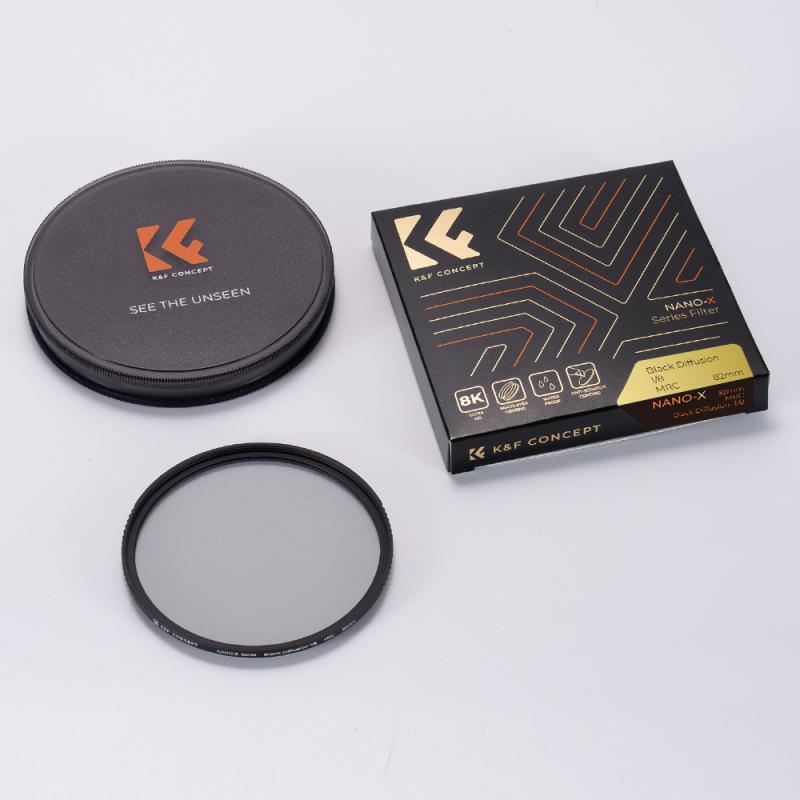
2、 Factors to Consider When Choosing a Graduated Neutral Density Filter
Factors to Consider When Choosing a Graduated Neutral Density Filter
1. Filter Size: The first factor to consider is the size of the filter. It should match the diameter of your lens to ensure a proper fit. Most filters come in standard sizes such as 77mm or 82mm, but it's important to check the size of your lens before making a purchase.
2. Gradation Type: Graduated neutral density filters come in different gradation types, including hard-edge, soft-edge, and reverse. Hard-edge filters have a sharp transition between the dark and clear areas, making them ideal for scenes with a clear horizon line. Soft-edge filters have a gradual transition, making them suitable for scenes with uneven horizons. Reverse filters have a darker area in the middle, gradually becoming lighter towards the top, which is useful for capturing sunrises or sunsets.
3. Density Level: The density level of the filter determines how much light it blocks. It is measured in stops, with higher density filters blocking more light. The choice of density level depends on the specific lighting conditions and the effect you want to achieve. For example, a 1-stop filter may be sufficient for balancing the exposure between the sky and the foreground, while a 3-stop filter may be needed for more dramatic effects.
4. Filter Material: Graduated neutral density filters are typically made of either glass or resin. Glass filters are more durable and resistant to scratches, but they can be heavier and more expensive. Resin filters are lighter and more affordable, but they may scratch more easily.
5. Brand and Price: Consider the reputation and quality of the brand when choosing a graduated neutral density filter. While there are many affordable options available, investing in a reputable brand can ensure better optical quality and durability.
6. Compatibility with Other Filters: If you plan to use other filters, such as polarizers or color filters, make sure the graduated neutral density filter is compatible with them. Some filters may cause vignetting or other issues when used together.
In conclusion, when choosing a graduated neutral density filter, consider factors such as filter size, gradation type, density level, filter material, brand, price, and compatibility with other filters. It's also important to stay updated with the latest advancements in filter technology and read reviews from trusted sources to make an informed decision.
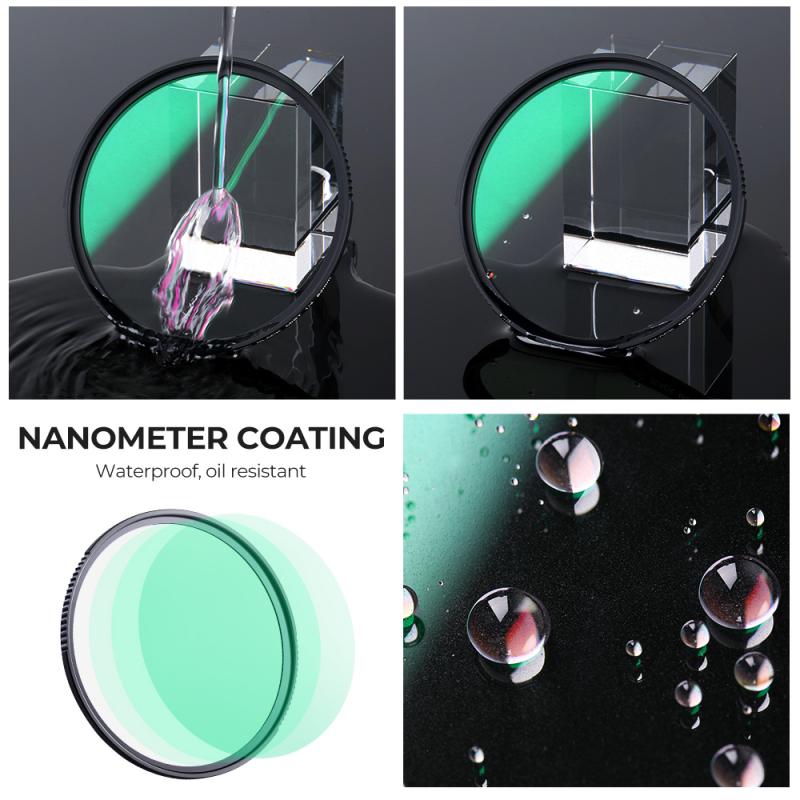
3、 Top Graduated Neutral Density Filters for Landscape Photography
When it comes to landscape photography, a graduated neutral density (ND) filter is an essential tool for achieving balanced exposures and capturing stunning images. These filters are designed to darken the bright areas of a scene, such as the sky, while maintaining proper exposure in the rest of the image. With a wide range of options available in the market, it can be overwhelming to choose the right one. However, here are some top graduated ND filters that are highly recommended for landscape photography.
1. Lee Filters Graduated Neutral Density Filters: Known for their high-quality optical glass and precise color rendition, Lee Filters offers a wide range of graduated ND filters. Their filters are available in different strengths and sizes, allowing photographers to choose the most suitable option for their specific needs.
2. Singh-Ray Graduated Neutral Density Filters: Singh-Ray is renowned for producing top-notch filters, and their graduated ND filters are no exception. These filters are known for their excellent color accuracy and smooth transitions, making them a favorite among landscape photographers.
3. Formatt-Hitech Graduated Neutral Density Filters: Formatt-Hitech filters are known for their durability and optical quality. Their graduated ND filters are made from high-quality resin or glass, providing excellent color neutrality and sharpness.
4. NiSi Graduated Neutral Density Filters: NiSi filters have gained popularity in recent years due to their exceptional optical performance and affordability. Their graduated ND filters offer smooth transitions and accurate color reproduction, making them a great choice for landscape photographers on a budget.
It's important to consider factors such as filter size, filter holder compatibility, and the specific needs of your photography before making a purchase. Additionally, staying updated with the latest advancements in filter technology and reading reviews from trusted sources can help you make an informed decision.
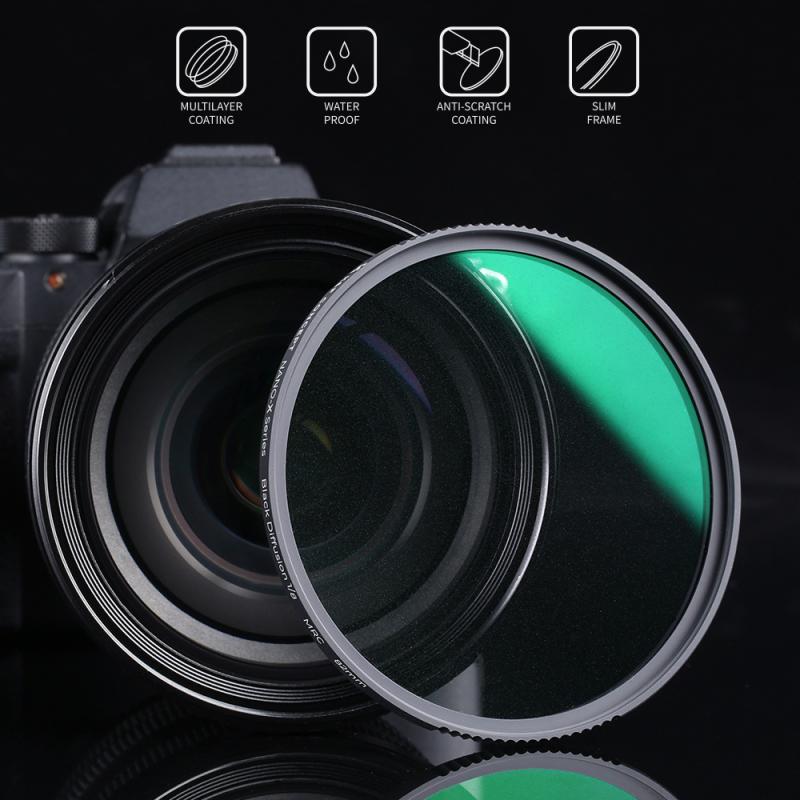
4、 Understanding Filter Sizes and Compatibility with Your Camera System
Understanding Filter Sizes and Compatibility with Your Camera System
When it comes to choosing a graduated neutral density (ND) filter for your camera system, there are a few factors to consider. One of the most important aspects is the filter size, as it needs to be compatible with your lens.
To determine the correct filter size, you can usually find the information on the front of your lens, indicated by a symbol that looks like a circle with a line through it followed by a number (e.g., Ø77mm). This number represents the diameter of the filter thread on your lens, and it is crucial to match this size when purchasing a graduated ND filter.
It's worth noting that some lenses have different filter thread sizes, so it's essential to check each lens individually if you have multiple lenses. Additionally, some lenses may require step-up or step-down rings to adapt to a different filter size.
In terms of the type of graduated ND filter to buy, there are various options available, including hard-edge, soft-edge, and reverse graduated ND filters. The choice depends on the specific shooting conditions and the effect you want to achieve.
The latest point of view on graduated ND filters is that they are still widely used by photographers, especially in landscape photography, to balance the exposure between the sky and the foreground. However, with advancements in post-processing techniques, some photographers prefer to achieve similar effects through software editing rather than using physical filters.
Ultimately, the decision of which graduated ND filter to buy depends on your specific needs and shooting style. It's always a good idea to do some research, read reviews, and consider your shooting conditions before making a purchase.
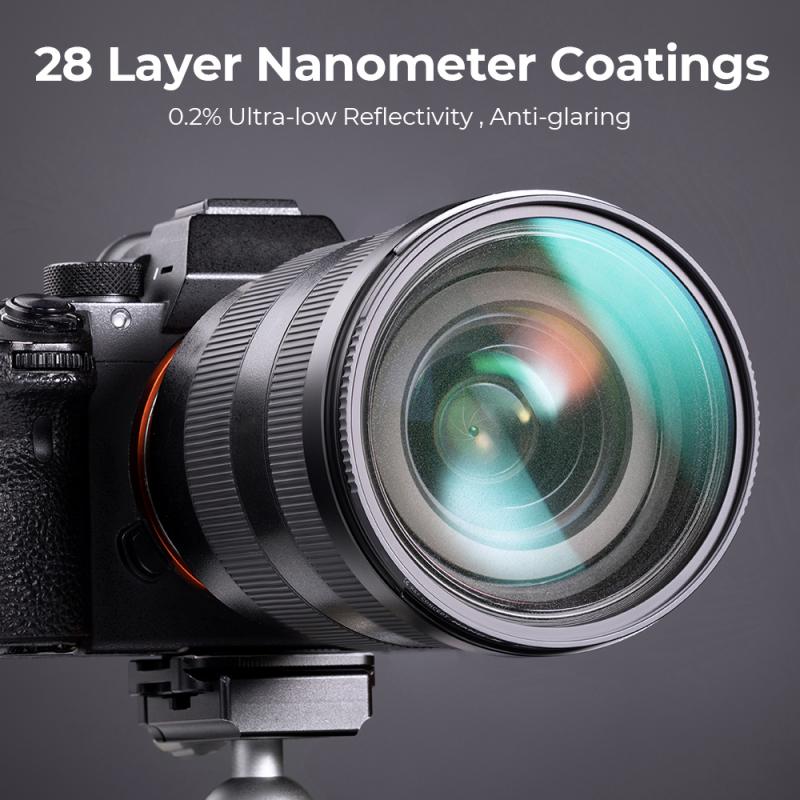





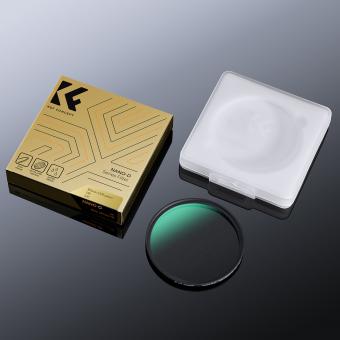

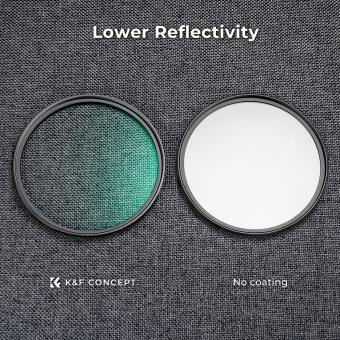
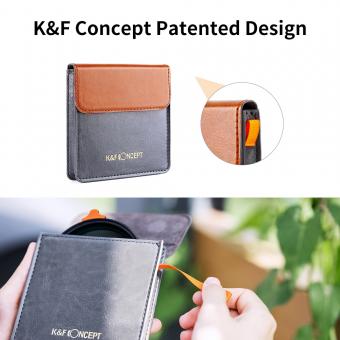
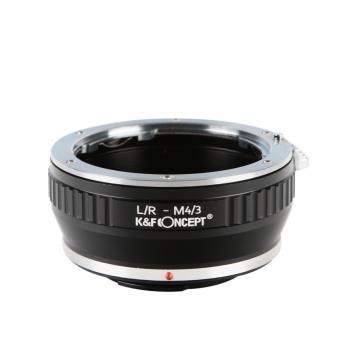
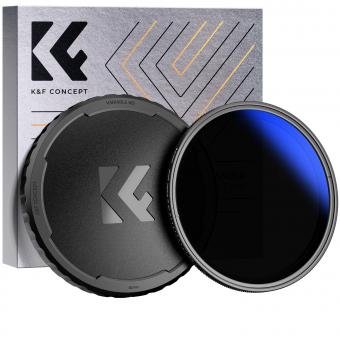




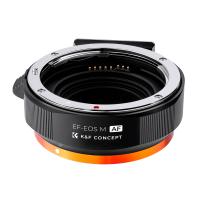

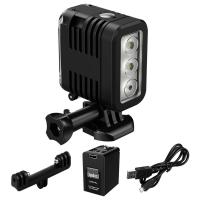



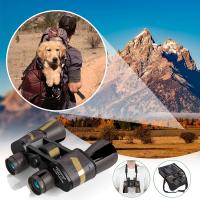
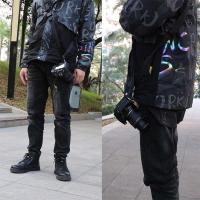
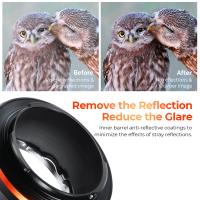

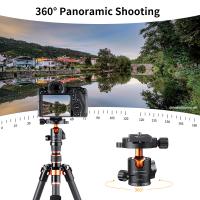



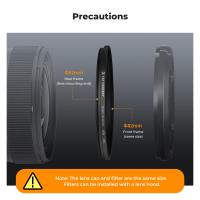

There are no comments for this blog.